Healthy Hearts Project
What Are We Talking About?
Cardiovascular risk management. A mouthful, right? In simple terms, it comes down to this: if you treat high blood pressure, high blood sugar, cholesterol, and overweight in the early stages, you prevent (often fatal) complications such as heart attacks, strokes, kidney failure, heart failure, blindness, and amputations. Prevention is always better than cure, especially in an environment without specialized care. After all, you can offer simple blood pressure treatment almost anywhere, but a heart catheterization with stent placement requires such specific expertise that most hospitals in the Netherlands don’t perform it.
Oh, so it’s about lifestyle diseases? No, that’s a misconception. Since 2017, heart attacks have become the number 1 cause of loss of healthy life years in sub-Saharan Africa. Strokes are number 3, and chronic kidney diseases and diabetes also rank in the top 20. Cardiovascular diseases lead to 5 times more deaths than malaria, HIV, and tuberculosis combined. Additionally, more than three-quarters of all diabetes patients worldwide reside in lower-middle-income countries (LMIC).
Often, people are vulnerable because they experienced malnutrition as children. The body remains in survival mode throughout life. In the Netherlands, we observed a similar situation in people who experienced the hunger winter as young children. When a normal diet is offered later in life, the body retains all sugars, fats, and salts – resulting in conditions such as diabetes and high blood pressure. Moreover, we also see that affluent Tanzanians are adopting increasingly unhealthy diets, leading to the ‘lifestyle diseases’ we are familiar with.
Partners and Local Needs
Our local colleagues have had a screening program for non-communicable diseases high on their wishlist for years. Almost everyone has a grandmother with diabetes or an uncle who has had a stroke. However, the hospital, along with the surrounding healthcare, is understandably not geared towards the prevention and treatment of these conditions. Traffic accidents and infectious diseases still put too much strain on the already overstretched healthcare system. But we’re approaching a tipping point where non-communicable diseases will surpass infectious diseases, and we need to be ready. As a foundation, we can establish this care outside the regular offerings, ensuring it doesn’t compromise the current healthcare demand. Ultimately, this not only yields health benefits but also relieves the system by preventing fewer complex complications.
We improve preventive care in and around the hospital, but we also reach more remote villages in the district to organize training and screening with smaller health centers. All of this, of course, is done in collaboration with, and preferably under the leadership of, our local foundation staff.
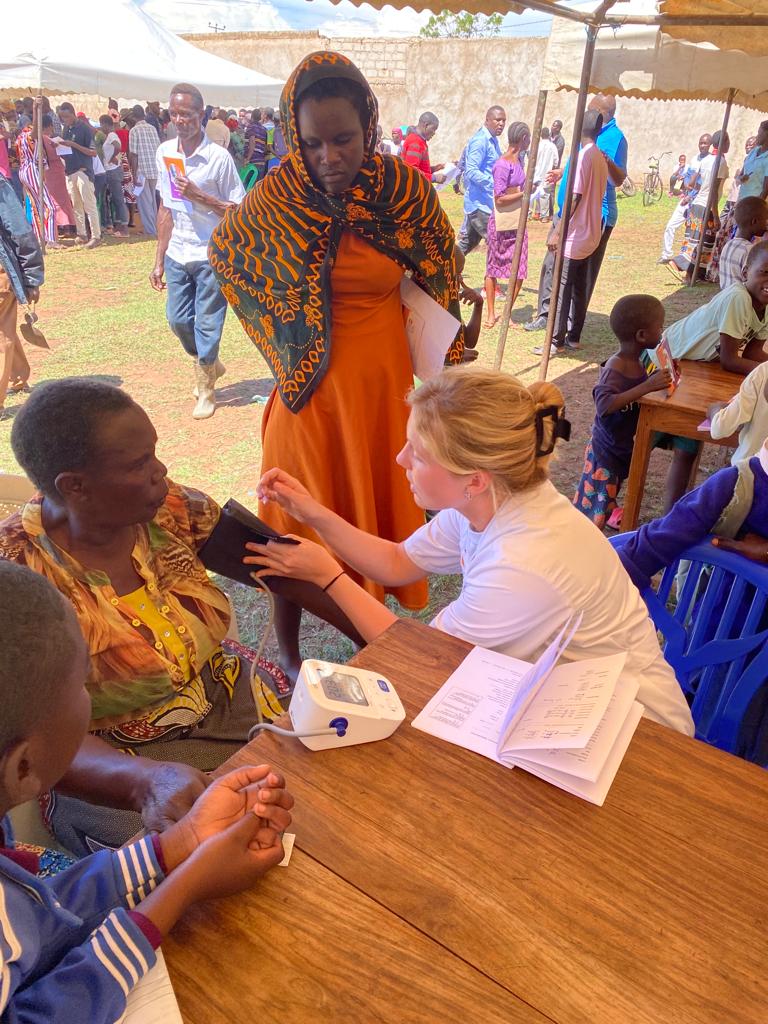
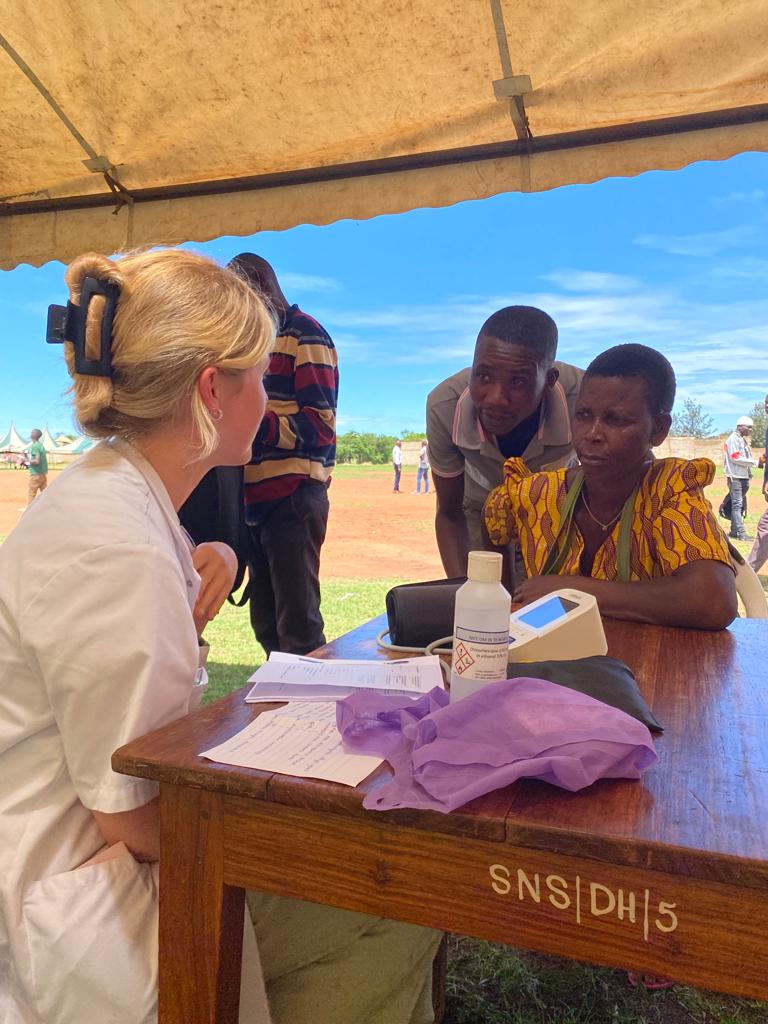
What Are We Doing About It?
The program relies on free screening. We have determined that participants at high risk can be identified by measuring only blood pressure, blood sugar, and waist circumference. For some patients already found to have a high risk, we also want to offer blood tests for kidney function and cholesterol. The cornerstone of prevention is health education and lifestyle advice: a varied diet, sometimes weight loss, reducing salt intake. We also inform participants about potential complications so they can act quickly. Sometimes, advice is not enough, and they need prescribed medication and ongoing monitoring. We do this in their own environment to keep the threshold for check-ups as low as possible.
What Have We Achieved So Far?
From October 2023 to February 2024, we have extensively examined more than 500 participants aged 40 and above: blood pressure, blood sugar, height and weight, waist circumference, urine analysis, blood tests for kidney function and cholesterol. This has given us a good idea of the magnitude of the problem, and it is significant. One in three participants in this age group has high blood pressure. One in six has diabetes or a precursor. More than half of the patients have moderate to poor kidney function. These numbers are higher than in the Netherlands, even though the patients often have normal weight and a nearly plant-based diet. So, there’s plenty to do.
We have also determined what we don’t need to do: urine analysis has almost no added value, and blood tests only contribute for diabetes patients and participants who already had a severe increased risk based on simple measurements. Instead of BMI, which requires a working scale on a flat surface, we measure waist circumference. This simplifies logistics and reduces costs. This way, we can assist most participants with the available time and budget.
Since February 2024, we have gone on location to see participants from Kabwana, Obewere, Sota and Nyamagaro. We see roughly the same disease burden everywhere. Soon, we expect to be able to include the 1000th patient in the project. We have also started a physiotherapy program to help people lose weight and get in better shape. We are most proud of our walk-in clinic: every Wednesday, anyone who wants to, can receive free follow-up consultations or participate in the project as a new patient. To make all this possible, we hired Winnie Walter as our local project coordinator and to run the clinic.
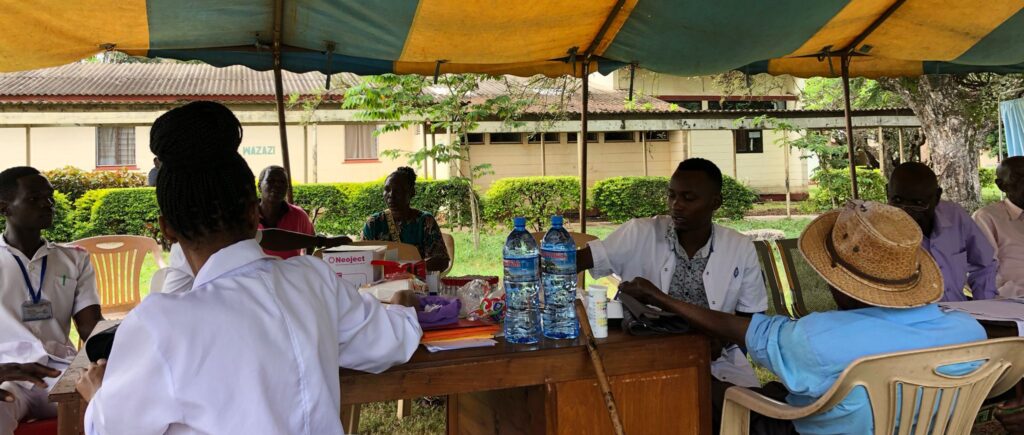
What's Next?
In the remainder of 2024 we will increase the group of participants in the project. We do this from the weekly Healthy Hearts clinic and by going even farther into the field. The goal for this year is to have a total of between 1,500 and 2,000 participants, of whom more than 1,000 will be included in the full program that started after the pilot. In addition, we will train colleagues in and outside of the hospital to increase the level of care for cardiovascular disease.
Due to scale benefits and negotiations with the hospital about the price of laboratory tests, we can now help 36 participants for every 100 euros. For that money, they all have access to screening, health advice, a dietary advice session, free follow-up appointments and physiotherapy. Participants receive a notebook and a pen to keep a health diary and record their measurements. We also offer free laboratory testing for an average of six people in this group based on their risk profile. In each group of 36 participants we make an average of 7 new diagnoses of high blood pressure, 3 of diabetes, 17 overweight of whom seven are obese, 2 high cholesterol, 2 mild renal failure and 1 severe renal failure.
And after this? Ideally, we will identify all 50,000 individuals aged 45 and above in Rorya. Among them, there will be around 25,000 patients who are unaware of their condition. Providing them with a healthy old age, that’s the mission.
Have A Look At Our Other Projects
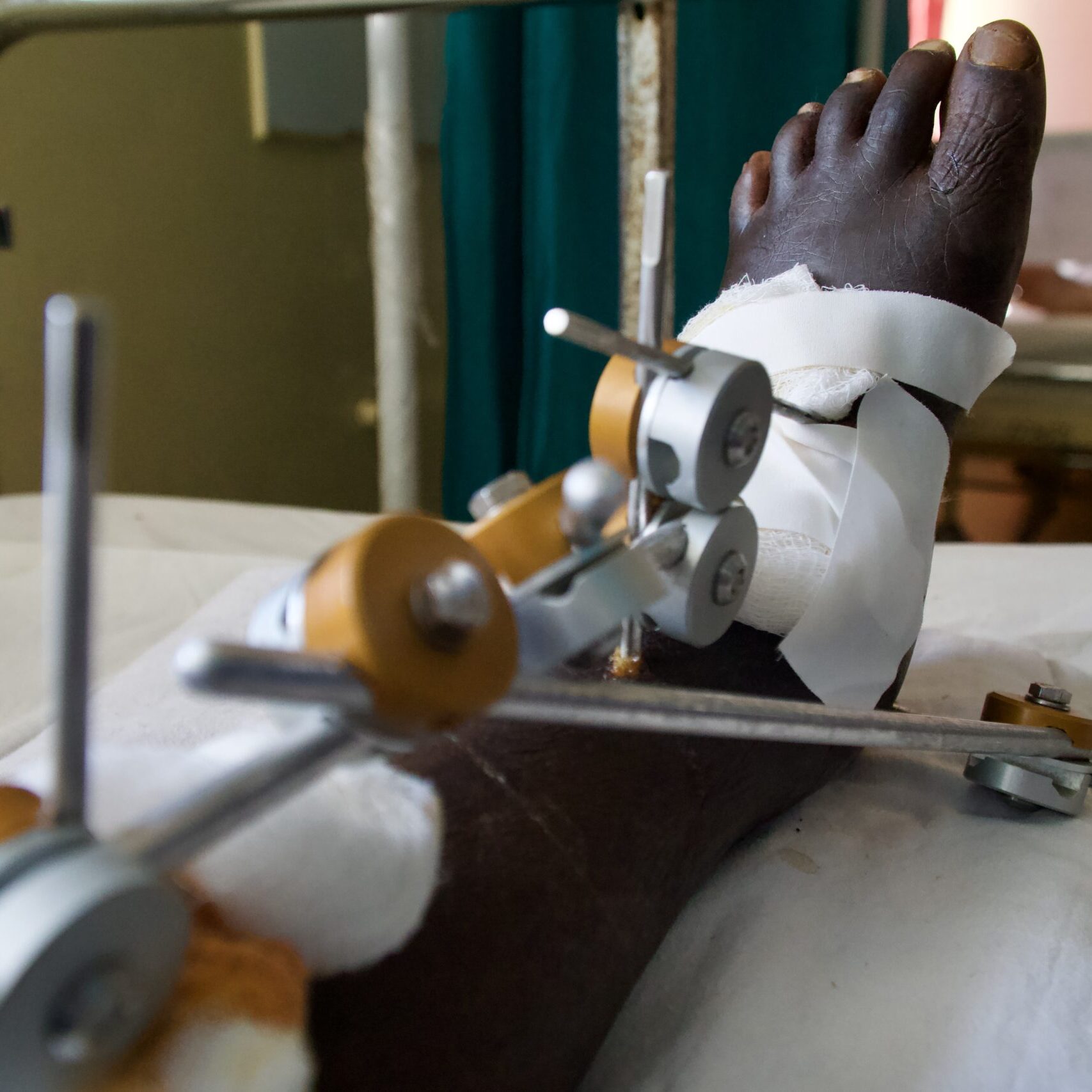
Bonesetter Project
Collaborate with traditional bonesetters to cure broken bones
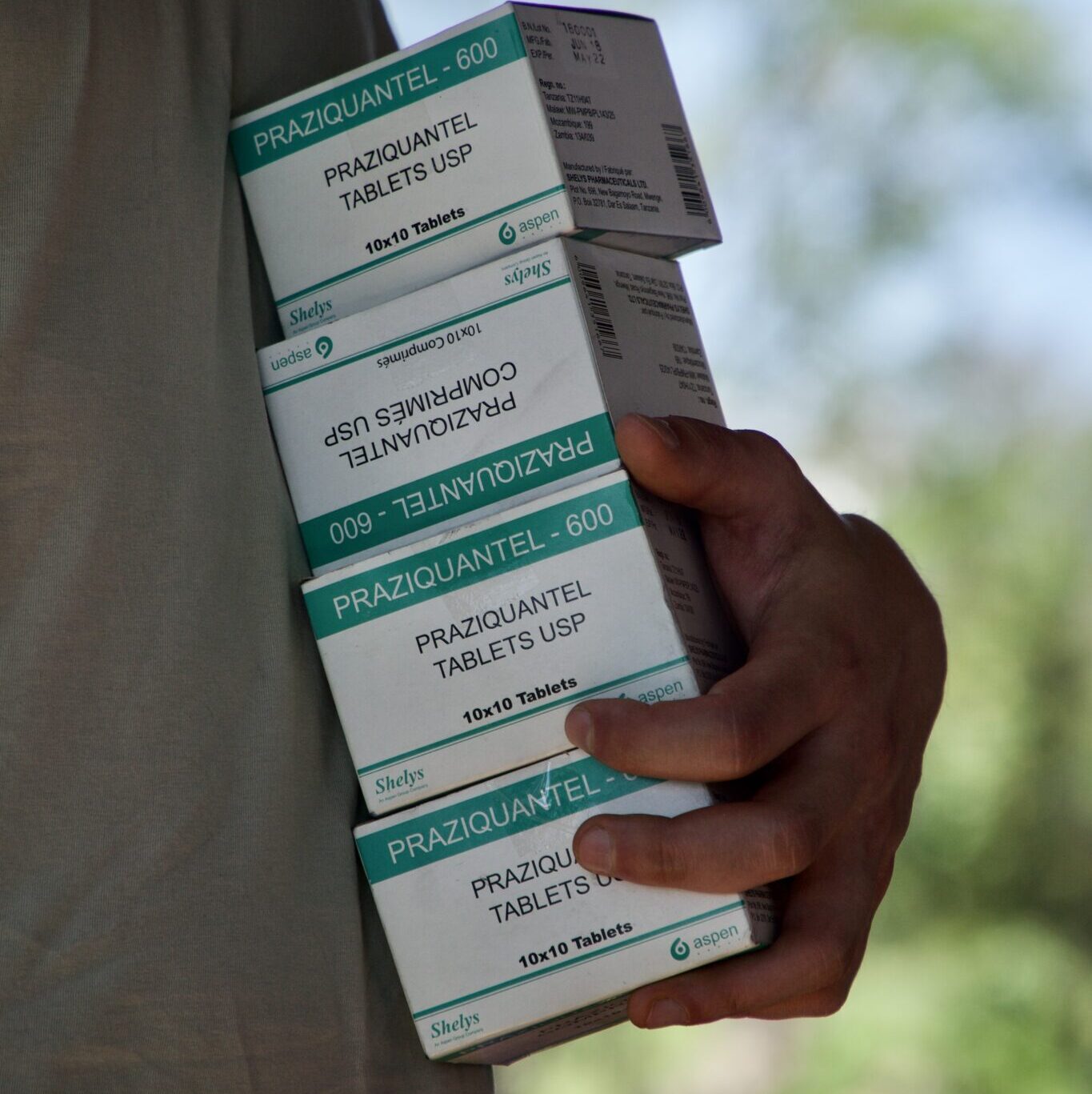
Schistosomiasis outreach Shirati
Free treatment against, and education about schistosomiasis
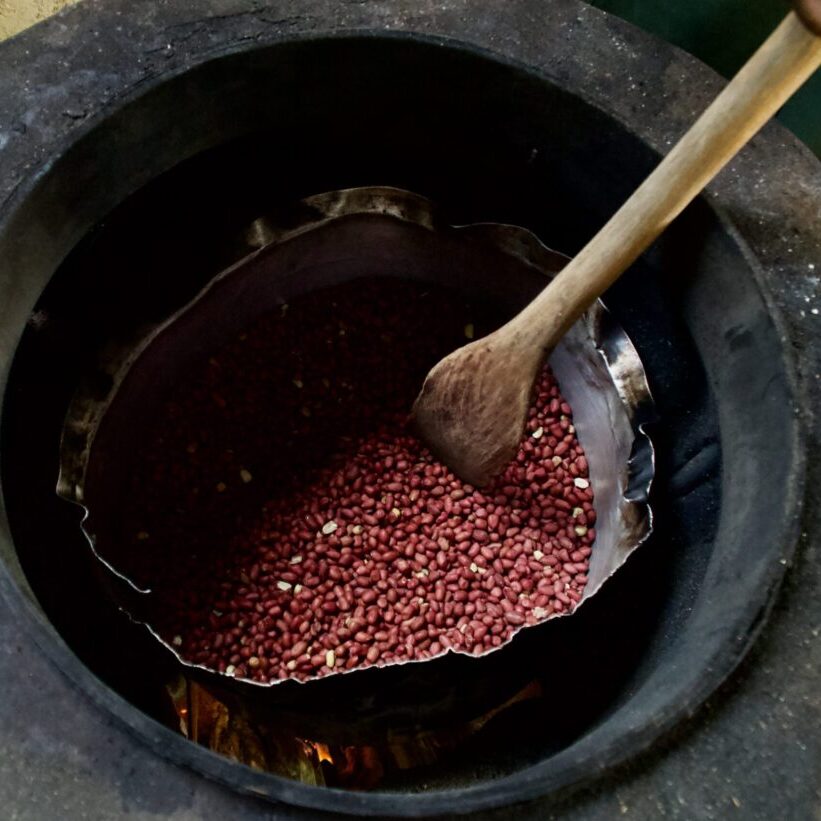
Shirati Peanut project
Local production of special peanut butter to combat malnutrition
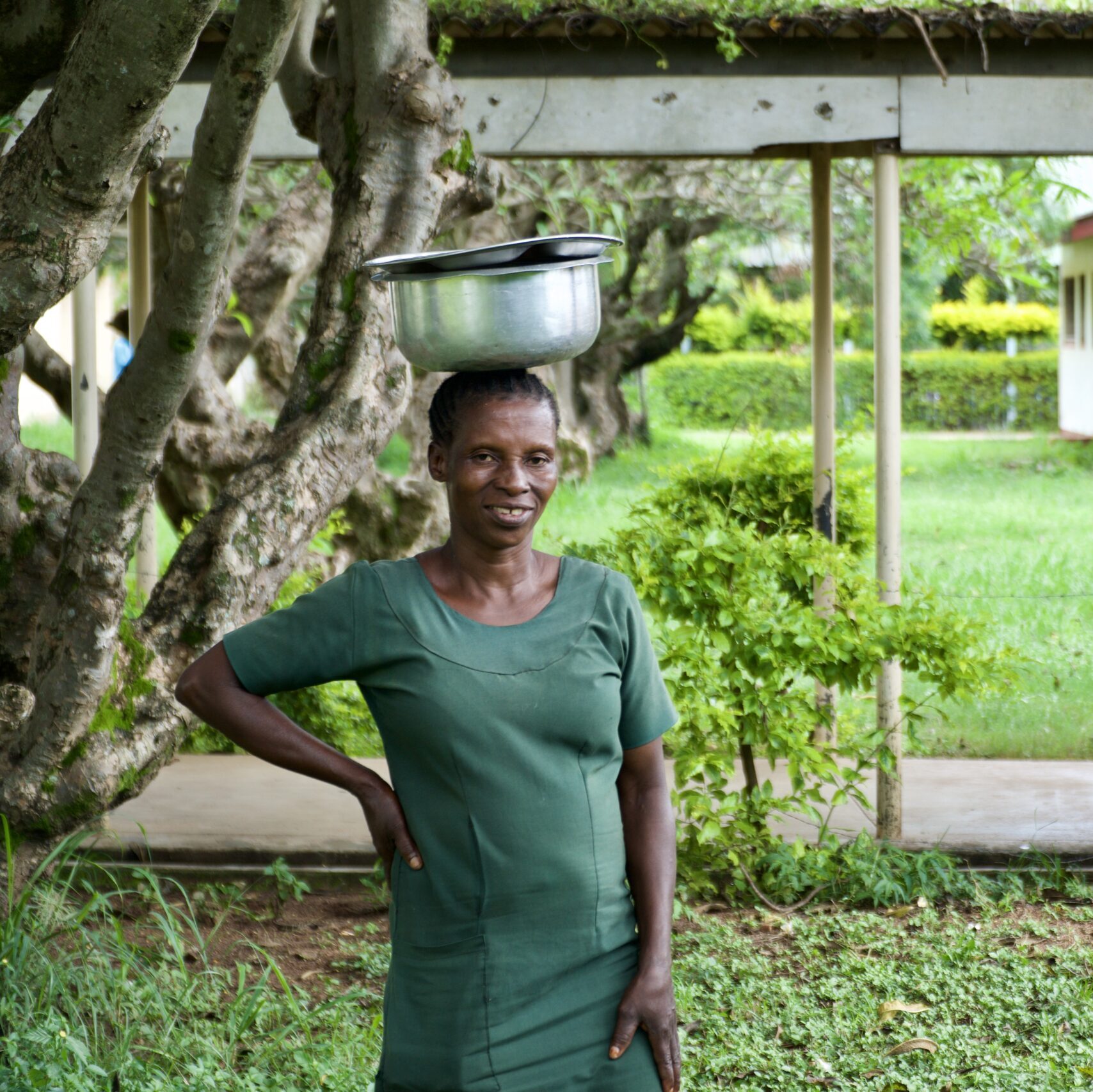
Shirati Food Program
Every day, a healthy free meal for all patients

